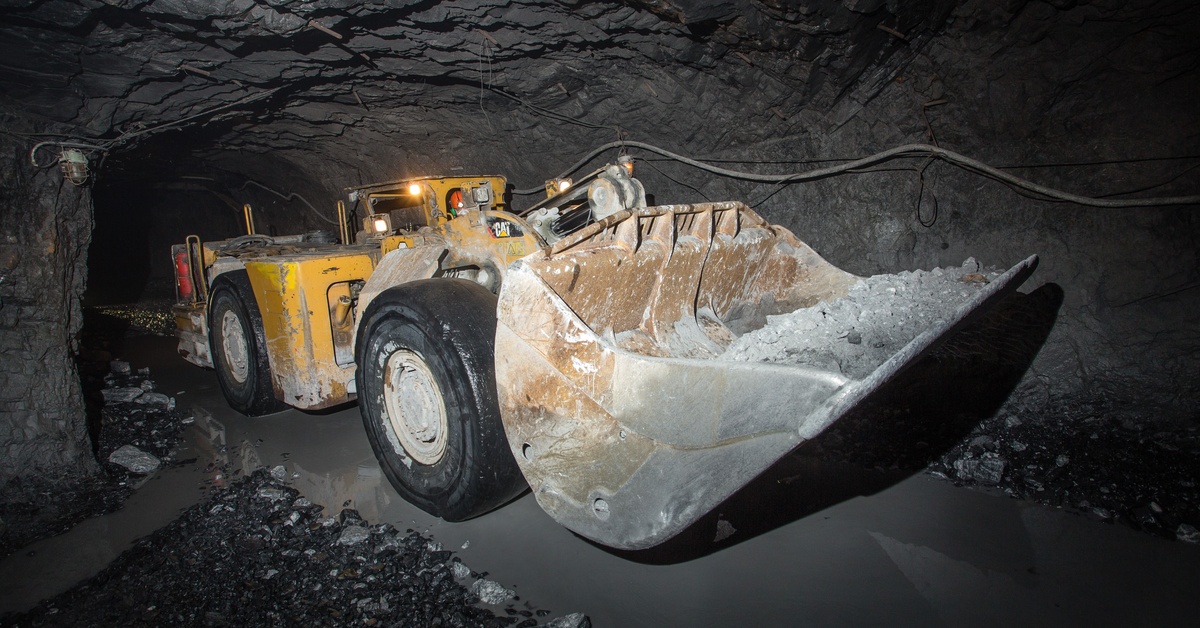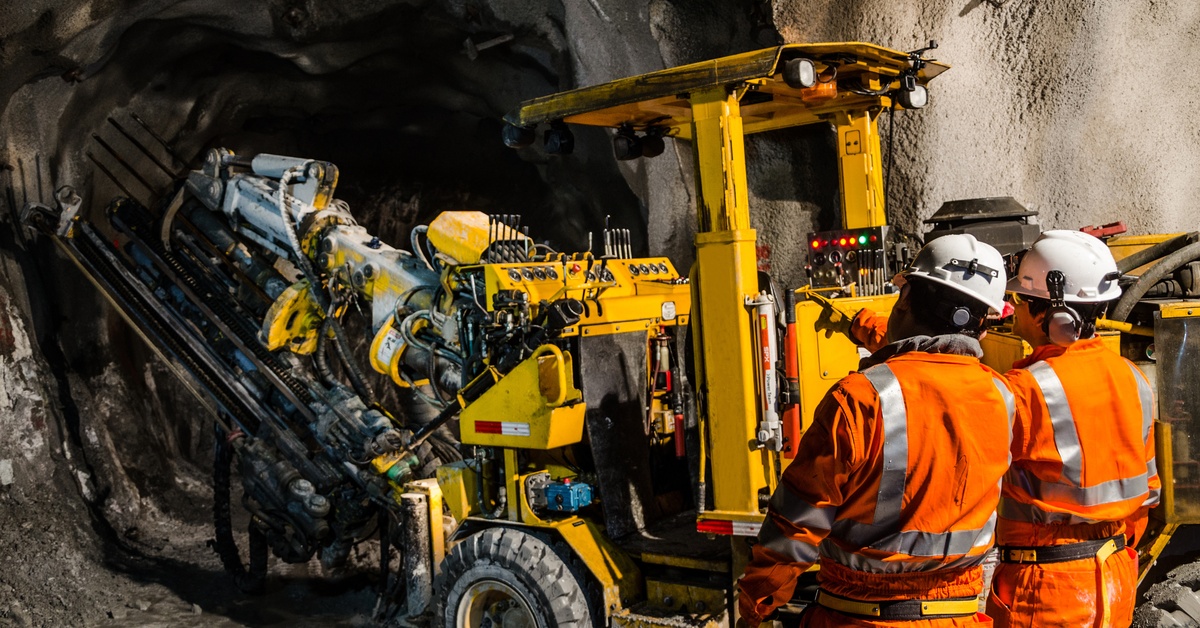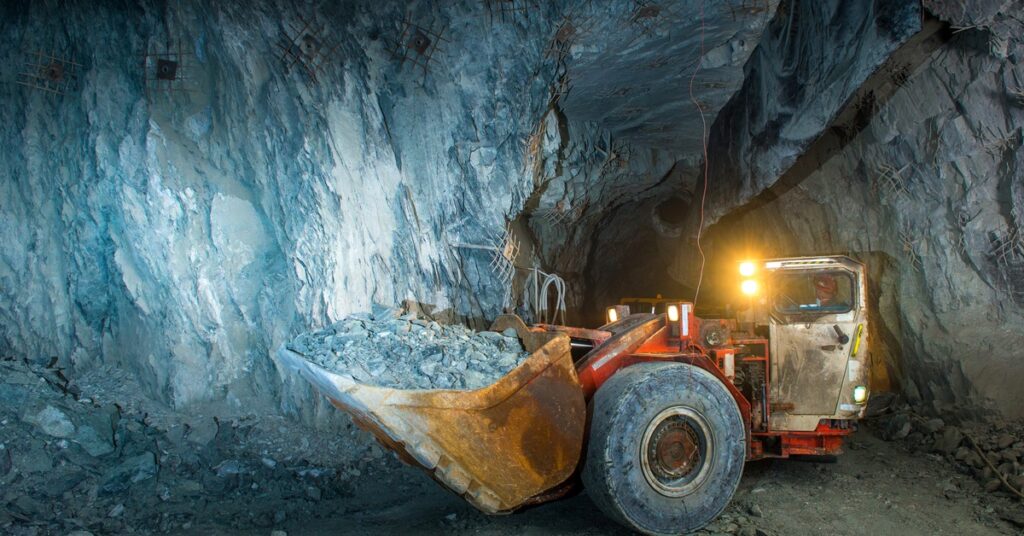Off-highway vehicles face some of the toughest terrains and demanding conditions. From navigating rough landscapes to hauling heavy loads, their performance depends on robust and reliable systems. At the heart of this performance lies the powertrain, a critical component influencing how efficiently and effectively your vehicle handles these challenges. Powertrains enhance off-highway vehicle handling in several critical ways, creating smoother, safer, and more productive underground and on-site operations.
Optimizing Power Distribution
Modern powertrains are meticulously engineered to deliver power evenly across the drivetrain, ensuring effective and efficient vehicle operation in all conditions. This precise power distribution allows vehicles to tackle uneven terrains more easily, reducing wheel slip and maximizing traction. Vehicles maintain stability and control by ensuring each wheel receives the appropriate amount of power, even on challenging surfaces like rocky trails or muddy roads.
This level of optimization is essential for industries such as mining, agriculture, and construction, where steady traction means the difference between meeting production goals and costly delays. Whether navigating rugged paths or slippery slopes, optimized power distribution ensures you stay in control and maintain steady progress, enhancing both safety and performance.
Enhancing Torque for Heavy Loads
Advanced powertrains have highly sophisticated torque management systems that allow vehicles to handle heavy loads without compromising stability or responsiveness. These systems dynamically adjust torque delivery in real time to ensure the vehicle remains balanced, even under intense strain.
For operators managing large-scale operations like construction, mining, or agriculture, this capability is critical in enabling vehicles to haul heavy equipment and materials efficiently. By preventing wheel spin and ensuring even torque distribution, these systems enhance stability, reduce wear and tear on the drivetrain, and improve overall productivity.
These practical benefits make quality powertrains indispensable for mining operations where heavy hauling happens daily, and equipment reliability directly impacts your bottom line.

Supporting Smooth Gear Transitions
Modern transmission systems in advanced powertrains can switch gears seamlessly, reducing jerks, vibrations, and unnecessary strain on the drivetrain. Smooth gear transitions ensure a more comfortable experience for operators and improve vehicle handling in dynamic and demanding conditions. These systems maintain consistent power flow during shifts, allowing operators to stay in control, particularly on steep or uneven terrain where sudden power interruptions could pose safety risks.
Improving Traction in Slippery Conditions
Many modern powertrains now feature advanced traction control technologies designed to automatically sense and adapt to low-traction conditions, such as mud, snow, sand, or wet surfaces. By redistributing power to the wheels with the most grip, these systems ensure that vehicles remain stable and in control, even in challenging environments.
Adapting To Varied Terrains
A responsive powertrain is essential for navigating diverse and changing landscapes, from rocky trails and sandy dunes to steep inclines and uneven ground. These systems dynamically adjust settings such as power output, torque distribution, and transmission configurations to match the terrain, ensuring consistent performance regardless of the conditions. This adaptability gives operators the confidence to move forward without hesitation, even when faced with unfamiliar or challenging environments.
Reducing Driver Fatigue
Modern powertrains take over many aspects of drivetrain and vehicle management, significantly reducing the physical and mental strain on drivers. Automated systems handle torque distribution, traction adjustments, and transmission shifts, allowing operators to focus on their tasks without worrying about the vehicle’s performance. By reducing the effort required to manage the vehicle in challenging conditions, these powertrains reduce fatigue while improving operator comfort and productivity.
Minimizing Vehicle Vibrations
Today’s powertrain systems suppress vibrations originating from the engine and transmission, resulting in a smoother, more stable ride. This reduction in vibrations not only enhances vehicle handling but also improves the operator’s experience by making the ride more comfortable and less physically taxing. A smoother ride helps minimize wear and tear on the vehicle, extending its lifespan and reducing maintenance costs.
Maximizing Fuel Efficiency
Efficient powertrains deliver power with precision while minimizing fuel consumption, making off-highway vehicles more sustainable and cost-effective. By optimizing fuel usage and reducing waste, these systems ensure consistent performance without compromising on power output.
Improved fuel efficiency reduces operating costs and contributes to environmental sustainability by lowering emissions. Additionally, vehicles operating at optimal levels tend to perform more smoothly, which enhances handling and reduces strain on components.
Enabling Greater Speed Control
Modern powertrains provide precise control over speed adjustments, allowing vehicles to crawl at low speeds for precision tasks or accelerate quickly when needed. Advanced systems accurately regulate acceleration and deceleration, ensuring operators can respond effectively to unexpected changes or obstacles. By offering such fine-tuned control, powertrains help operators maintain productivity and safety in even the most demanding environments.
Enhancing Stability on Uneven Ground
Powertrains are specifically designed to maintain equilibrium, ensuring vehicles stay stable even on uneven or challenging ground. By dynamically distributing power and managing torque, these systems help operators drive with greater balance and reliability over steep slopes, rough patches, and unstable surfaces. With modern powertrains, operators can trust their vehicles to remain secure and steady, allowing them to focus on the task at hand without worrying about losing control in difficult conditions.
Delivering Consistent Performance
Robust powertrains perform reliably under diverse workloads and environmental conditions. Whether operating in extreme temperatures or carrying heavy loads, these systems deliver consistent power and handling. This reliability ensures smooth operation while also instilling confidence in operators, enabling them to focus on their tasks without worrying about performance issues.
Synchronizing With Advanced Systems
Powertrains in modern vehicles work seamlessly with other systems, such as suspension, brakes, and steering. This integration creates a cohesive operational experience, boosting overall handling and performance. By synchronizing with these systems, the powertrain ensures that the vehicle operates as a single, well-coordinated unit, delivering better control and responsiveness in all conditions.

Facilitating Precise Steering
By reducing drivetrain resistance and efficiently distributing engine output, modern powertrains contribute to smoother, more precise steering. This precision is especially critical during tight maneuvers or when navigating confined spaces. Operators can rely on responsive steering to make quick adjustments, improving safety and efficiency in challenging work environments.
Increasing Lifespan of Other Components
A well-engineered powertrain reduces strain on other vehicle components, such as axles, tires, and suspension systems. By evenly distributing power and minimizing unnecessary wear, the powertrain helps maintain overall vehicle efficiency and prolongs the lifespan of critical parts.
The powertrain is more than just a source of propulsion for your off-highway vehicle—powertrains enhance your off-highway vehicle’s handling, making it easier to handle tough terrains and heavy loads. Powertrains significantly elevate the control and efficiency of your operations by optimizing power delivery, enhancing traction, and integrating with other vehicle systems.
When you prioritize a robust powertrain, you’re equipping yourself with a solution designed to perform in the most demanding conditions, and Bull Powertrain can help. Our mining-specific powertrain parts and Clark transmissions let you unlock your equipment’s full potential, giving you control that you’ll immediately notice in day-to-day operations.

